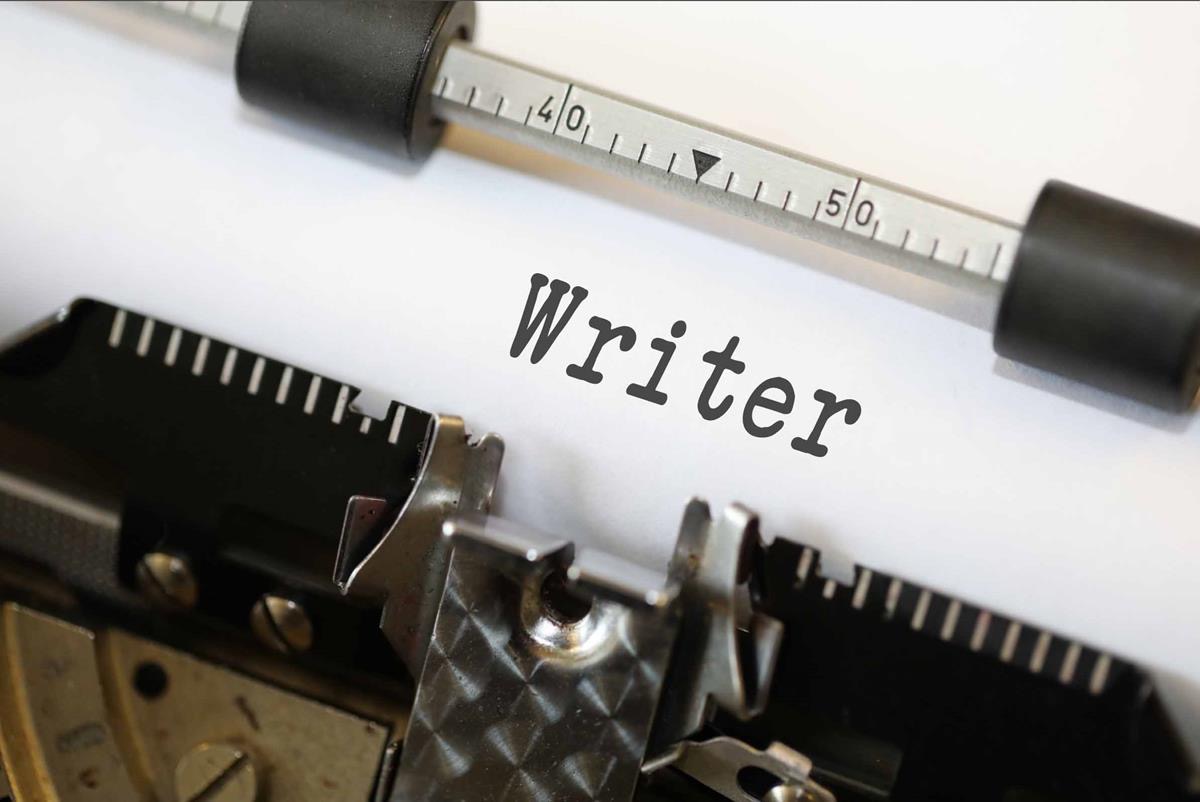Satirical Poetry: A Narrative Art Form
Satirical poetry, a powerful intersection of literature and social commentary, has been a vehicle for critiquing society, politics, and human behavior throughout history. Combining the biting edge of satire with the creative elegance of verse, this form of poetry uses humor, irony, and wit to expose and criticize societal flaws. Unlike lyrical poetry, which often focuses on emotions and personal reflections, satirical poetry is a narrative art form with a distinct focus on delivering a moral or intellectual argument, often aimed at authority figures, social norms, or cultural hypocrisy. To truly understand this genre, it’s essential to explore its historical evolution, notable authors, subgenres, and influential works.
Historical Context of Satirical Poetry
Satirical poetry has its roots in ancient civilizations, where poets wielded words as weapons to challenge power and provoke change. While the term “satire” is derived from the Latin word satura, meaning “mixed dish” or “medley,” the genre dates back to earlier societies, including the Greeks and the Romans, where oral and literary traditions often included humor and critique.
In ancient Rome, satirical poetry flourished with poets like Horace, Juvenal, and Martial. Horace’s satire was more gentle and aimed at encouraging self-awareness and personal improvement. His style, later known as Horatian satire, used wit to mock human folly without harshness. Juvenal, on the other hand, represented Juvenalian satire, which was darker and more cynical. His poems attacked the corruption and moral decay of Roman society with scathing rhetoric. Martial contributed epigrams—short, witty poems that often took on a satirical tone, poking fun at the vices of the rich and powerful.
These early poets established a foundation for the genre, embedding satire deeply into Western literary tradition. Satirical poetry continued to thrive during the Middle Ages and Renaissance, with poets often using allegory and biblical references to critique feudalism, the Church, and the social order.
The Rise of Satirical Poetry in the Renaissance and Enlightenment
The Renaissance saw a rebirth of classical ideas, including satire, which gained popularity as poets sought to comment on the shifting political and religious landscapes. Satire during this period often took the form of allegorical narratives, where the poet disguised the critique under layers of symbolism. Edmund Spenser’s The Faerie Queene (1590) is a notable example of this, where under the guise of an epic romance, he critiques the moral failings of the English court and clergy.
However, it was the Enlightenment that gave birth to some of the most enduring satirical poetry in the English-speaking world. This era was marked by the rise of reason, science, and a burgeoning skepticism toward monarchies and the Church. Writers like Alexander Pope, John Dryden, and Jonathan Swift wielded satire to critique not only their contemporaries but also human nature and society at large.
Pope’s The Rape of the Lock (1712) is a brilliant example of satirical poetry in the mock-epic tradition. In it, Pope turns a petty high-society dispute—the cutting of a woman’s lock of hair—into a full-blown epic with exaggerated grandeur, satirizing the trivialities of the aristocracy. Pope’s use of classical epic conventions to mock trivial matters highlights the absurdity of social hierarchies and vanity.
Swift’s Verses on the Death of Dr. Swift (1739) is another important satirical poem. Here, Swift humorously imagines the reactions of his friends and enemies upon his death. With biting self-awareness and cynicism, Swift critiques both the selfishness of human nature and the futility of fame and recognition.
Satirical Subgenres in Poetry
Satirical poetry spans several subgenres, each with its distinct approach to criticism. Some of the key subgenres include:
- Mock Epic:
A common subgenre in the 18th century, the mock epic uses the grandeur and seriousness of epic poetry to ridicule trivial subjects. As seen in Pope’s The Rape of the Lock, the poet uses classical references and lofty language to underscore the absurdity of social conventions. - Juvenalian Satire:
This is the harsher, more abrasive form of satire. It often addresses the evils of society and human nature with indignation and moral outrage. Jonathan Swift’s A Modest Proposal (1729), while a prose work, is the quintessential Juvenalian satire, wherein Swift suggests the Irish poor could alleviate their suffering by selling their children as food. Poets who adopt this style tend to write in a bitter, direct manner, critiquing corruption and injustice without reservation. - Horatian Satire:
A gentler form of satire, Horatian satire is named after the Roman poet Horace. This subgenre relies on playful humor and mild mockery rather than anger. The tone is more tolerant, focusing on folly rather than evil. A modern example of this approach can be found in light verse poets like Ogden Nash, whose satirical poems often poke fun at human nature in an affectionate, humorous manner. - Political Satire:
Political satire often targets governmental systems, leaders, or specific political ideologies. Percy Bysshe Shelley’s poem The Mask of Anarchy (1819) is an example of political satire, as Shelley critiques the British government’s repressive measures following the Peterloo Massacre. The poem advocates for peaceful resistance and the downfall of corrupt power structures. - Social Satire:
Social satire is aimed at critiquing societal norms, behaviors, and institutions. In the Victorian era, poets like Robert Browning employed social satire in poems like The Bishop Orders His Tomb at Saint Praxed’s Church, where the self-absorbed narrator reveals the materialism and vanity of religious figures.
The Role of Satirical Poetry in Social Commentary
Satirical poetry’s primary function is to provoke thought, stimulate discourse, and, in many cases, inspire change. While some satirical poems aim for immediate political action, others seek to expose human nature’s universal flaws, inviting readers to reflect on their values and societal norms.
One of the unique aspects of satirical poetry is its ability to balance humor with critique. The humor creates a layer of distance, allowing readers to confront uncomfortable truths without feeling directly attacked. This makes satire a powerful tool for addressing controversial or sensitive subjects that might otherwise be taboo.
For example, in The Love Song of J. Alfred Prufrock (1915), T.S. Eliot subtly critiques the self-doubt and indecision of modern intellectuals, employing irony and a satirical tone to expose the absurdity of Prufrock’s internal struggles. Though not traditionally seen as a satirical poet, Eliot’s use of satire reflects the modernist disillusionment with society and the hollow aspirations of the time.
Similarly, W.H. Auden’s The Unknown Citizen (1939) is a satirical indictment of bureaucracy and the dehumanizing effects of modern society. The poem presents a fictional citizen who is praised by the state for conforming perfectly to societal expectations, yet his individuality and humanity remain unknown and unexamined.
Modern Satirical Poetry
In contemporary times, satirical poetry remains relevant as poets continue to challenge political, social, and cultural norms. While the tone and techniques may have evolved, the essence of satire—holding up a mirror to society’s shortcomings—remains intact.
One prominent modern satirical poet is Billy Collins, whose light, humorous style often masks deeper social critique. In his poem The Death of the Hat, Collins reflects on the decline of certain cultural traditions, using a seemingly trivial subject to critique modernity’s abandonment of past values.
Similarly, Tony Harrison’s poem V (1985) is a fierce political and social satire, critiquing the division in British society during the miners’ strike of the 1980s. The poem uses explicit language and a direct narrative to attack both the government and the cultural complacency of the middle class.
Conclusion
Satirical poetry is an enduring form of narrative art, blending humor, critique, and literary craft to challenge societal norms and human behavior. From ancient Roman poets to modern voices like Billy Collins, poets have used satire to expose hypocrisy, corruption, and folly. Its power lies in its ability to entertain while simultaneously provoking reflection and, potentially, change. Whether through the biting cynicism of Juvenalian satire or the light-hearted mockery of Horatian satire, satirical poetry invites readers to reconsider their values, their leaders, and their society.
QUESTIONS FOR FURTHER DISCUSSION
Here are some questions that could spark further discussion and deeper reflection on satirical poetry:
Literary and Thematic Questions:
- What makes satire an effective tool for social and political commentary in poetry? How does the use of humor or irony enhance or dilute the message?
- How do different forms of satirical poetry—Horatian, Juvenalian, mock epic—shape the tone and impact of the critique?
- Is satire more effective when it is subtle, like Horace’s approach, or when it is harsh and direct, like Juvenal’s or Swift’s? What are the advantages and limitations of each style?
- How has the role of satire in poetry evolved from its origins in ancient Rome to contemporary works? In what ways have modern poets adapted the form to address new social, political, or technological challenges?
- Can a satirical poem still be considered effective if it lacks humor? How does humor contribute to the effectiveness of satirical poetry?
- How do satirical poets balance critique with entertainment? Is there a risk of the satirical message being overshadowed by the poetic form or vice versa?
- Does the historical context of a satirical poem affect how we interpret its meaning today? For instance, how do we read Alexander Pope’s The Rape of the Lock in a modern context where social hierarchies have shifted?
Historical and Cultural Questions:
- How did the political climates of the Enlightenment, Victorian era, and Modernist periods influence the satirical poetry of those times? Can we see parallels with the political issues addressed in contemporary satirical poetry?
- What role did censorship play in shaping the content and style of satirical poetry, especially in authoritarian regimes or highly conservative societies?
- How have historical events (such as revolutions, wars, or social movements) influenced the subjects and tones of satirical poetry?
- How does satire differ across cultural or linguistic boundaries? For instance, how does British satirical poetry compare to American or other global traditions of satire?
Ethical and Philosophical Questions:
- To what extent does satirical poetry hold moral responsibility? Is it always justifiable to use ridicule or mockery in poetry, or are there ethical lines that should not be crossed?
- Can satire, in its attempt to critique society, ever become counterproductive by alienating or offending the very people it seeks to reach?
- How does satirical poetry deal with issues of power and privilege? Can it sometimes reflect biases of its own, or is it always a force for change?
- Does satire have an expiration date? Can a poem that was once considered sharp and relevant become outdated or offensive in a different cultural context?
- Can satire be misunderstood? If so, what are the consequences when the intended critique is misinterpreted as an endorsement of the very ideas it seeks to mock?
Creative Writing and Craft Questions:
- When writing satirical poetry, how can a poet ensure their message is clear while maintaining a playful or ironic tone?
- What are some techniques satirical poets use to exaggerate and mock their subjects? How do these techniques differ when targeting institutions versus individual figures?
- How does a poet’s use of form (such as rhyme schemes, meter, or stanza structure) contribute to the satirical tone of their work? Can breaking traditional poetic forms enhance the satirical effect?
- What role does persona play in satirical poetry? How can adopting a specific voice or character heighten the satirical impact?
- How does the use of exaggeration or hyperbole in satirical poetry both amuse and provoke thought? How might understatement, by contrast, serve the same purpose differently?
These questions can foster a rich conversation about the artistry, purpose, and impact of satirical poetry, encouraging both literary analysis and personal reflection on how satire shapes society and culture.
© 2024, wcadmin. All rights reserved, Writers Critique, LLC Unless otherwise noted, all posts remain copyright of their respective authors.




